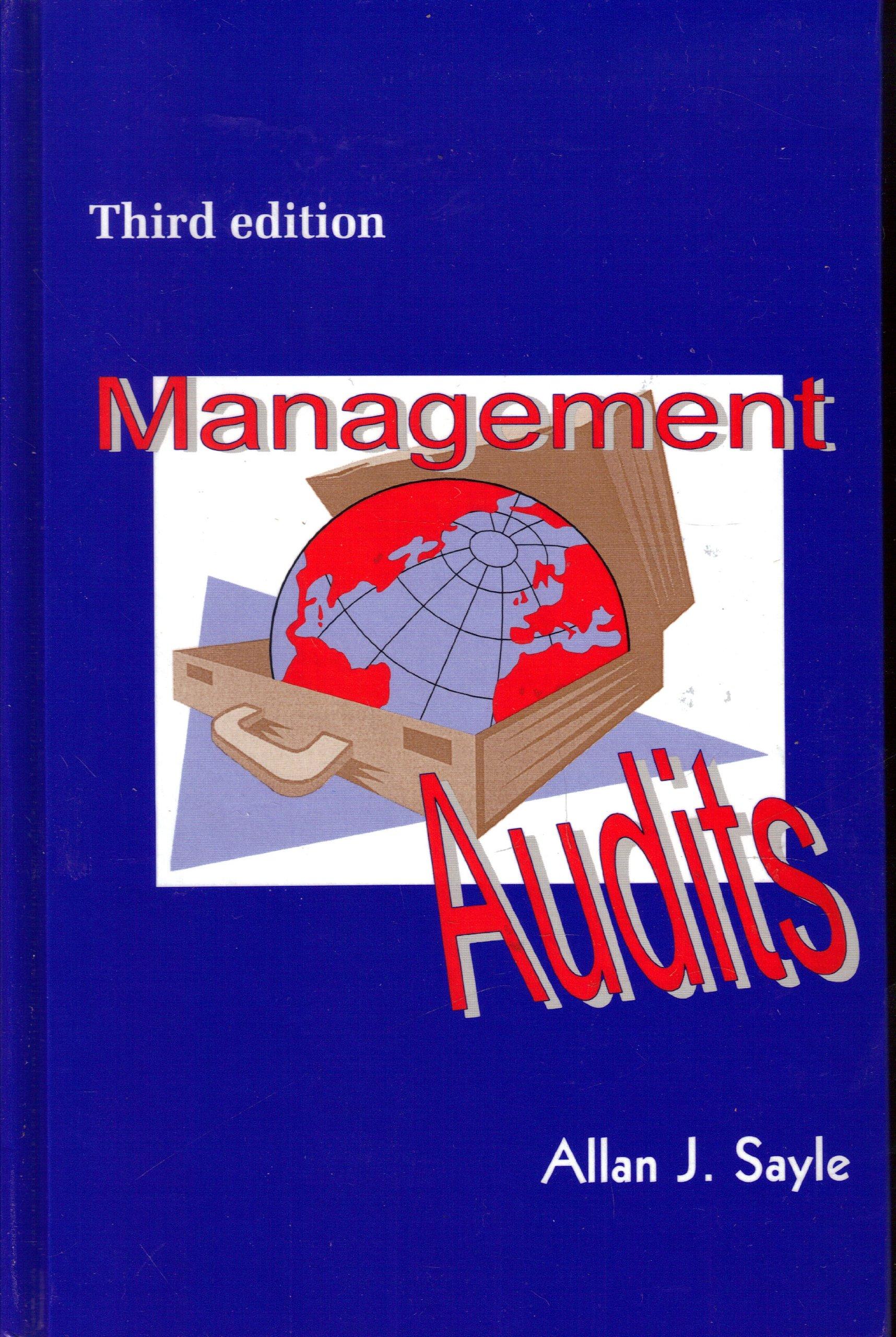Question
Estimating Share Value Using the DCF Model Following are forecasts of Home Depots sales, net operating profit after tax (NOPAT), and net operating assets (NOA)
Estimating Share Value Using the DCF Model Following are forecasts of Home Depots sales, net operating profit after tax (NOPAT), and net operating assets (NOA) as of February 3, 2019, which the company labels fiscal 2018.
| Forecast Horizon Period | ||||||
|---|---|---|---|---|---|---|
| Reported | Terminal | |||||
| $ millions | 2018 | 2019 | 2020 | 2021 | 2022 | Period |
| Sales | $100,629 | $107,673 | $115,210 | $123,274 | $131,904 | $134,542 |
| NOPAT | 11,228 | 12,059 | 12,904 | 13,807 | 14,773 | 15,069 |
| NOA | 23,758 | 25,419 | 27,198 | 29,102 | 31,139 | 31,761 |
Answer the following requirements assuming a discount rate (WACC) of 7.85%, a terminal period growth rate of 2%, common shares outstanding of 1,105 million, net nonoperating obligations (NNO) of $25,504 million. Required a. Estimate the value of a share of Home Depots common stock using the discounted cash flow (DCF) model as of February 3, 2019. Note: Do not round until your final answer; round your final answer to two decimal places. Stock price per share: $Answer b. Home Depot stock closed at $176.76 on March 28, 2019, the date the Form 10-K was filed with the SEC. How does your valuation estimate compare with this closing price?
Step by Step Solution
There are 3 Steps involved in it
Step: 1

Get Instant Access to Expert-Tailored Solutions
See step-by-step solutions with expert insights and AI powered tools for academic success
Step: 2

Step: 3

Ace Your Homework with AI
Get the answers you need in no time with our AI-driven, step-by-step assistance
Get Started


